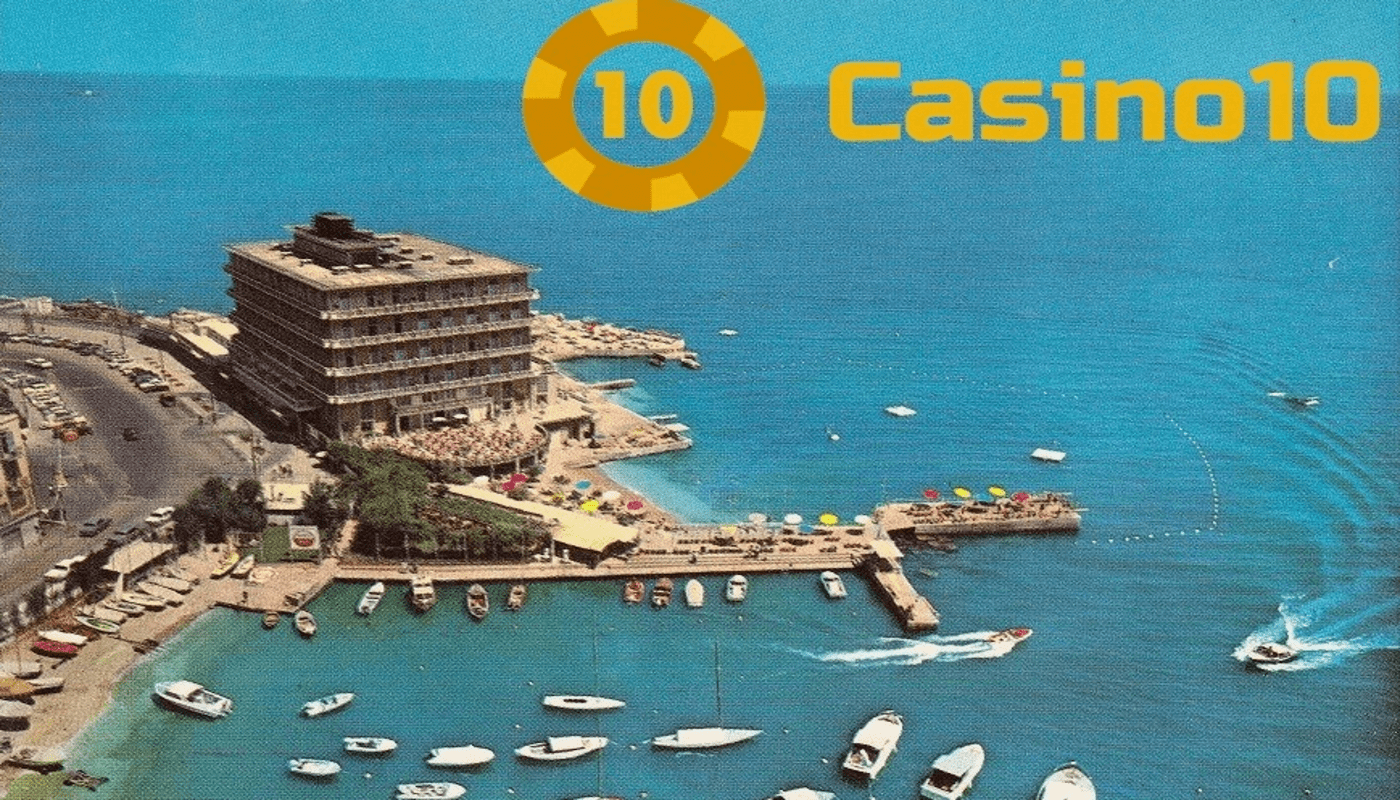
Numerous ethnic and religious groups form a heterogeneous Lebanon society, commonly attributed to the descendants of the ancient Phoenicians and Arameans who mingled with the Semitic and non-Semitic invaders. Semitic and non-Semitic invaders represent a mixture of Assyrians, Egyptians, Persians, Greeks, Romans, Arabs, and Europeans.
The earliest population of the region spoke the Phoenician language. After the 4th century BC, the Aramaic language has gradually replaced its predecessor.
It took almost five centuries after the invasion of the region by Muslim Arabs in the 7th century for the Aramaic, Syriac, and Greek to be changed by Arabic. After the change, the Syrian language was used only for religious purposes by the Maronites, Jacobites, and Syro-Catholics whilst the Greek was left in religious dictionaries of Orthodox and Greek Catholics.
Despite there’s a wide range of nationalities allocated in this Middle East country, they share many interests and worldviews To illustrate, Lebanese admire quality services, take their efforts to become educated residents and enjoy entertaining at online Lebanon casino.
Today, the most frequently spoken language in the country is Arabic, with about 6% of the population speaking Armenian. Ethnic groups constitute of the following percentage of the population: Arabs – 95%, Armenians – 6%, others – 1%.
Demographic of Lebanon
In 2019, the population of Lebanon increased by approximately 429,010 people. Considering that the population of Lebanon at the beginning of the year was estimated at 7,219,962, the annual increase was 5.94%.
Here are the main demographic trends of Lebanon for 2019:
- Births: 108,083
- Deaths: 33,428
- Natural population growth: 74,654
- Migratory population growth: 354,356
- Men: 3,726,422
- Women: 3,922,550
A large foreign diaspora is another feature of Lebanon – it is several times larger than the native population of the country itself. This small country had once sheltered many Palestinian refugees and was forced to provide shelter to many Syrian refugees after the start of the Syrian civil war.
Several waves of emigration from Lebanon led to a situation where only about 4 million people live inside the state, and the Lebanese community abroad is, according to some sources, more than 12 million people. The most numerous Lebanese diasporas are in Brazil, the USA, Argentina, Canada, Mexico, Australia, France, Belgium, as well as in Saudi Arabia and other countries of the Persian Gulf.
If external migration remains on the previous year level, the population will be declined by 375,412 due to migration reasons. That is, the total number of immigrants will be greater than the number of Lebanese emigrants.
Below are the rates of change in the population of Lebanon expected in 2020:
- Fertility: an average of 314 children per day (13.07 per hour)
- Mortality: an average of 97 people per day (4.04 per hour)
- Migration population growth: on average 1,029 people per day (42.86 per hour)
Religion Groups
During the conquest of Lebanon by the Arabs in the 7th century, almost the entire population of the country professed Christianity. Islam came to the region together with the Muslim warriors and Arabic-speaking tribes after both of them settled in the southern and north-eastern regions of the country.
Arabic-speaking tribes, either known as Banu Amila confederation of Arab tribes, are supposed to enter the Lebanese territory in the 10th century. These settlements brought another religious confession to the region – Shiism. Since then, southern Lebanon has transformed into one of the main Shiite centers of the Middle East.
According to modern estimates, about 40% of Lebanese are Christians, 60% are Muslims (including the Druze). More than half of Christians are Maronites, the rest are Orthodox, Greek Catholics, Armenian Gregorians. Lebanon also has small communities of Jacobites, Syro-Catholics, Armenian Catholics, Protestants (mainly Presbyterians), and Chaldean Catholics. Lebanese Muslims can be separated into Shiites (about half of all Muslims), Sunnis (about one third), and Druze (about one-tenth). There is also a small Jewish community in the country.
Settlement patterns
The majority of the population lives on the coastline with fewer and fewer inhabitants found further inland. Rural communities are located according to water supply and land availability. The northern villages are relatively prosperous and modern. Meanwhile, villages in the south are generally poorer and less stable. There are two main reasons for such differences within one region: because of the southern land’s lower fertility and its proximity to Israel, many villages were frequently dislocated, invaded, and destroyed during 1975-2006.
Most Lebanon cities were flooded by migrants and displaced persons and it has led to the creation of numerous poor city suburbs. Until 1975, most settlements comprised distinct religious groups, all living in peace and harmony. But after the civil war outbreak, thousands of Christians and Muslims were forced to move along the coast due to the constantly changing infrastructure of the country. Thus, we can conclude that Lebanon settlement patterns reflect the gaps separating the local population back into distinct ethnic groups.






